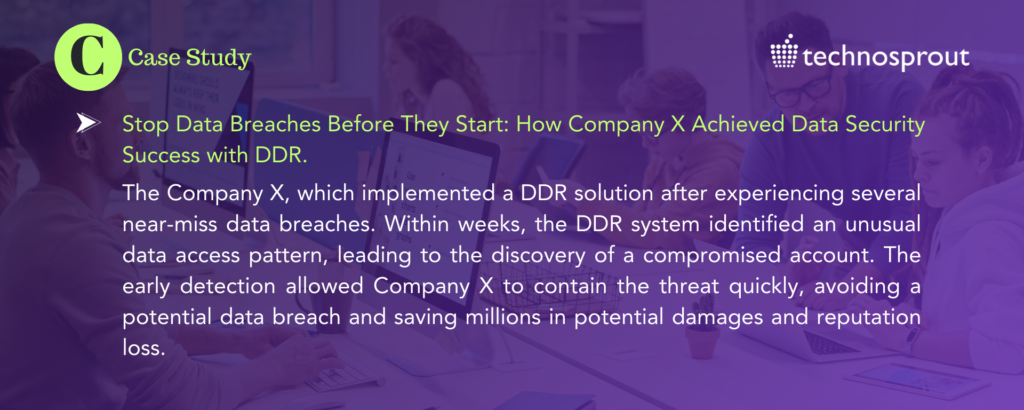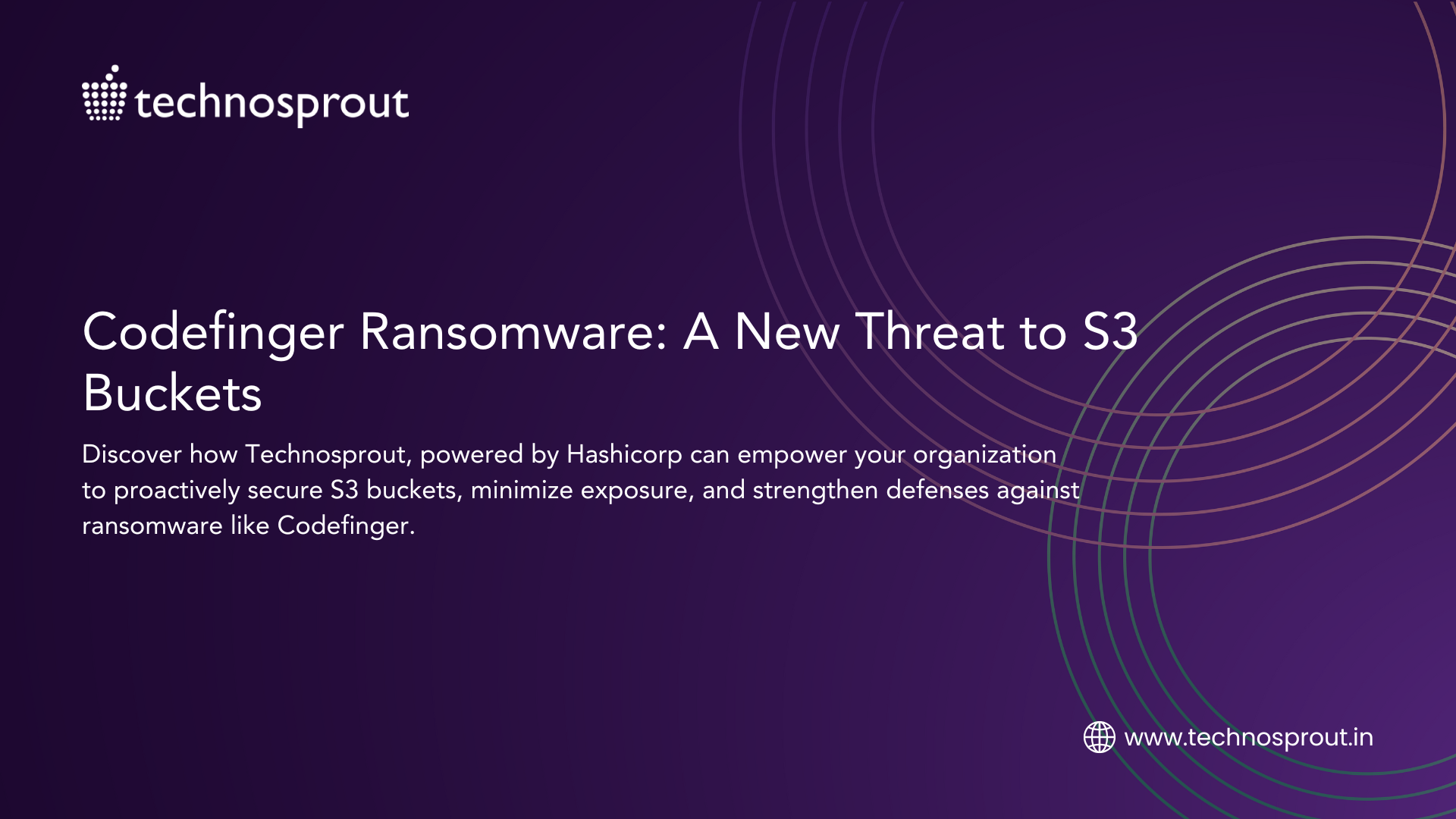The landscape of data security is undergoing a dramatic shift. Traditional perimeter-based defenses, once considered impenetrable walls, are now porous and vulnerable. In today’s dynamic environment, data resides everywhere – the cloud, mobile devices, and a sprawling network of applications. This fluidity creates a complex challenge: how to effectively secure information that’s constantly on the move.
This is where Data Detection and Response (DDR) emerges as a critical weapon in your data security arsenal.
Traditional Security: A Blunt Instrument
Legacy security measures, while still valuable, are like a blunt instrument in the face of modern cyberattacks. Here’s why they often fall short:
- Limited Visibility: Firewalls and intrusion detection systems offer a limited view of the battlefield. They can only monitor what they see, leaving blind spots that attackers exploit.
- Static Defense: Traditional methods are static, unable to adapt to constantly evolving threats. Hackers continuously develop new tactics, leaving static defenses vulnerable.
- Data in Motion: Traditional systems struggle to track data that’s constantly moving. This creates gaps in visibility, leaving sensitive information susceptible to attack.
Data Detection and Response (DDR): A Comprehensive Shield
DDR takes a proactive approach, shifting the focus from securing the perimeter to protecting the data itself. Imagine it as a comprehensive shield that provides real-time intelligence and adaptability. Here’s how DDR empowers your organization:
- Unparalleled Visibility: DDR solutions offer continuous monitoring of data activity, providing a 360-degree view of access, movement, and usage. This allows for the identification of anomalies, even subtle ones, that might signal a potential breach.
- Rapid Response: Early detection is crucial for minimizing damage. With DDR, organizations can identify and respond to threats much faster, containing breaches before sensitive data is compromised.
- Data-Centric Defense: Regardless of location, whether on-premises, in the cloud, or on a mobile device, DDR tracks and analyzes data activity. This ensures comprehensive protection, eliminating blind spots and vulnerabilities.

The Advantages of a Data-Centric Defense
Investing in DDR offers a multitude of benefits beyond improved threat detection. Here’s how it strengthens your defenses:
- Reduced Risk: By proactively identifying and responding to threats, DDR helps organizations minimize the risk of data breaches and associated costs.
- Enhanced Compliance: DDR solutions can help organizations comply with data privacy regulations by providing clear audit trails of data activity.
- Informed Decisions: With better visibility into data usage, organizations can make informed decisions about data governance and access control policies.
Technical Insight: How DDR Works
DDR solutions typically use advanced analytics, machine learning, and behavior analysis to monitor data activities. They create a baseline of normal behavior and continuously compare current activities against this baseline. Any deviations trigger alerts, allowing security teams to investigate and respond promptly. This proactive approach ensures that potential threats are identified and mitigated before they can cause significant harm.
Embrace the Next Generation of Data Security
The cyber threat landscape is a constantly evolving battlefield. Traditional security, while valuable, is no longer enough. DDR, with its focus on data-centric protection, offers a comprehensive and adaptable defense strategy. As data becomes even more crucial to our success, DDR is poised to become the cornerstone of any effective data security program. Don’t wait for a breach to happen – equip your organization with the essential weapon for the modern digital age. Embrace the next generation of data security with DDR.
By incorporating DDR into your data security strategy, you not only protect your sensitive information but also position your organization as a leader in cybersecurity. With the increasing complexity of cyber threats, having a robust and adaptable defense mechanism is no longer optional – it’s essential.
Ready to Secure Your Data?






